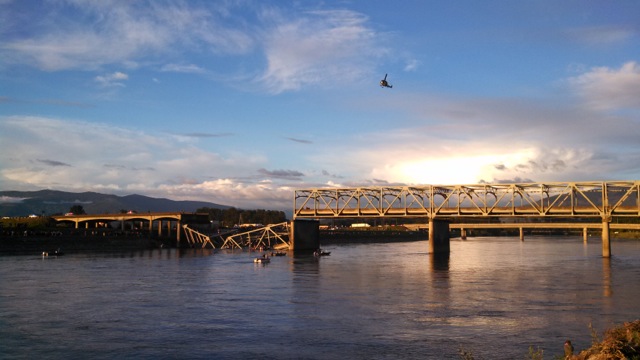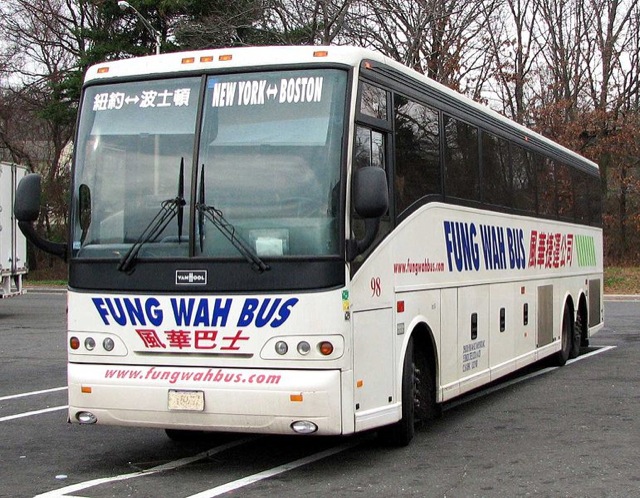Today, the Cato Institute releases my policy paper on the Federal Transit Administration’s “New Starts” program that gives about $2 billion a year in grants to cities to build new streetcar, low-capacity rail, and other rail transit lines. My basic argument is that nearly all of the billions spent on this program since 1992 have been wasted, mainly because rail transit is obsolete except in a few extraordinary places such as Hong Kong.
The paper starts by quoting FTA administrator Peter Rogoff, who in a 2010 speech chastised the transit bureaucracy for asking his agency for money to build rail lines when they couldn’t afford to maintain the lines they already have. “Paint is cheap, rails systems are extremely expensive,” he said. “You can entice even diehard rail riders onto a bus, if you call it a ‘special’ bus and just paint it a different color than the rest of the fleet.” “Bus Rapid Transit is a fine fit for a lot more communities than are seriously considering it.”
My paper points out that Rogoff’s own agency, with the complicity of Congress, is the main reason so many cities want to build rail lines they can’t afford to maintain. Although Congress set competitive grant criteria such as “cost effectiveness,” when the FTA tried to implement that criteria Congress simply exempted favorite projects from the rule. More recently, the FTA has rewritten the rule so it is now meaningless.









